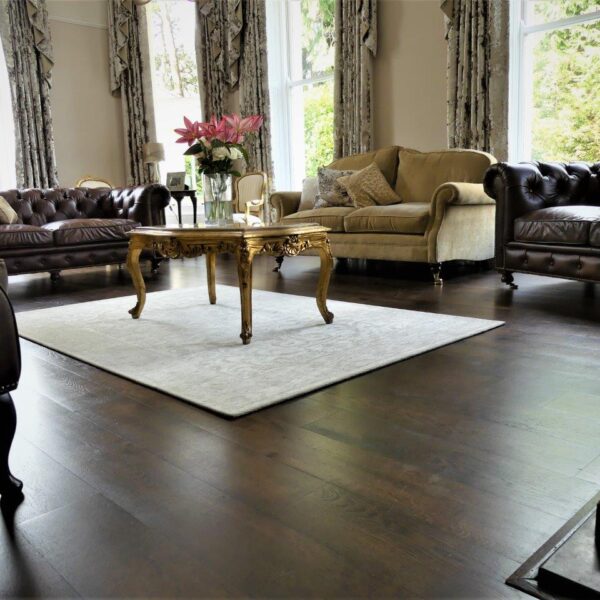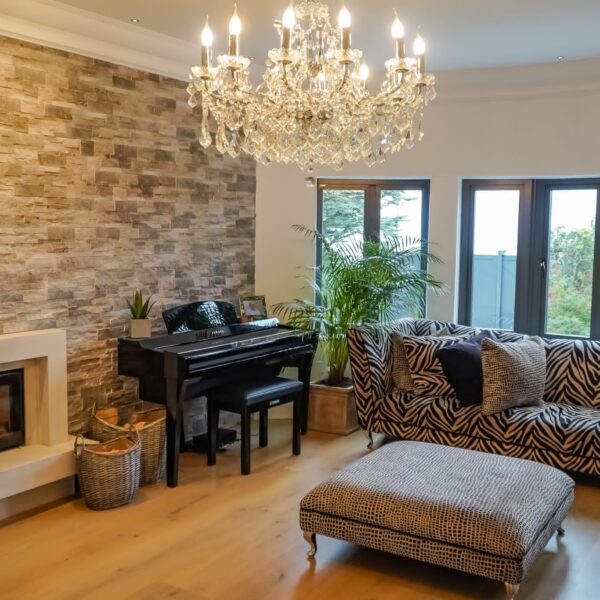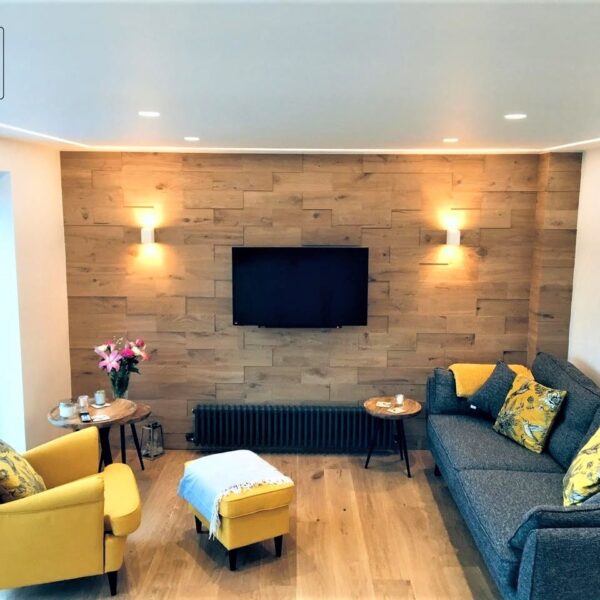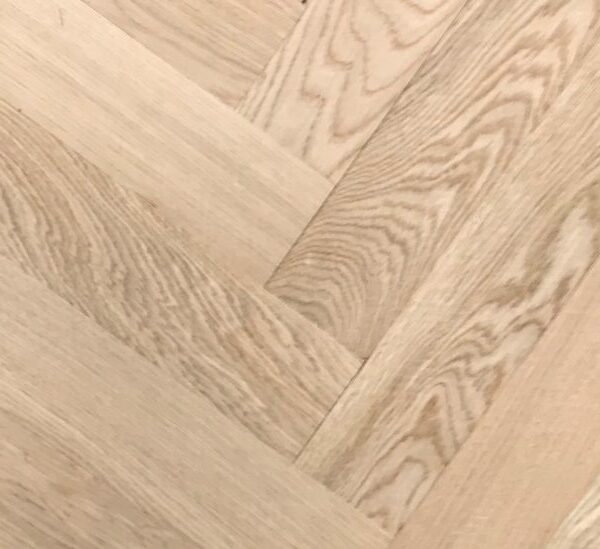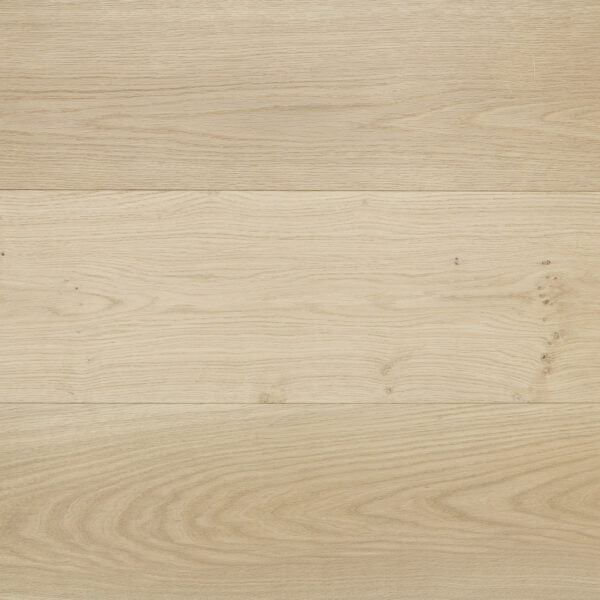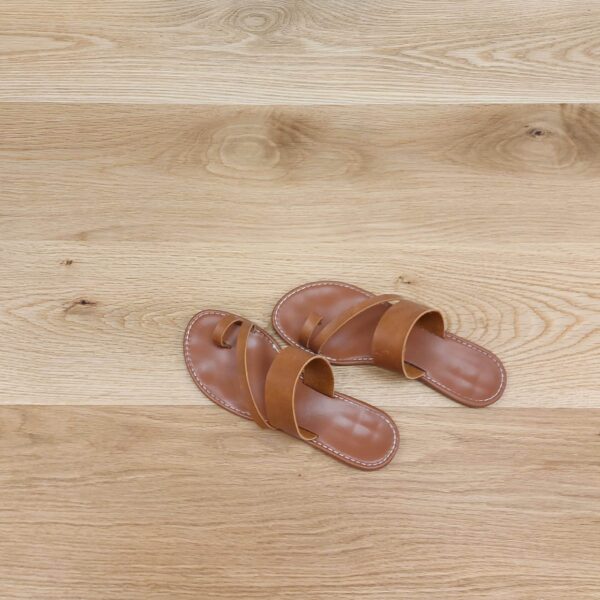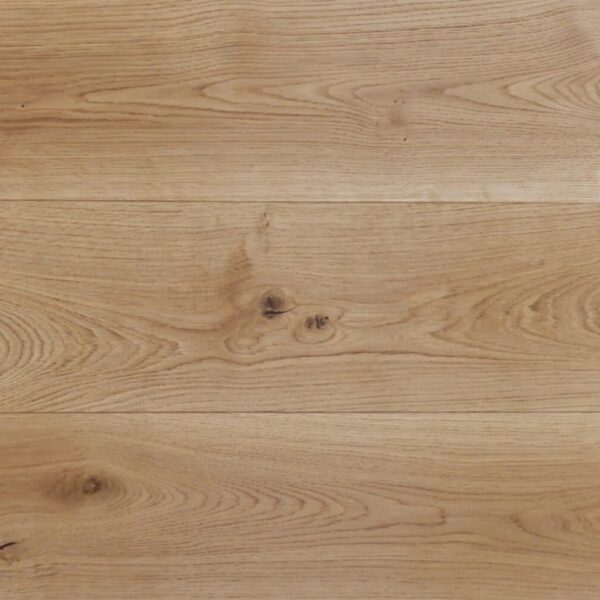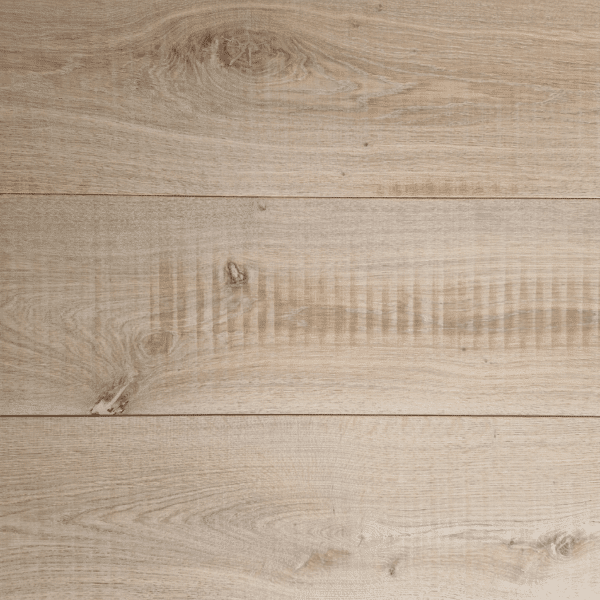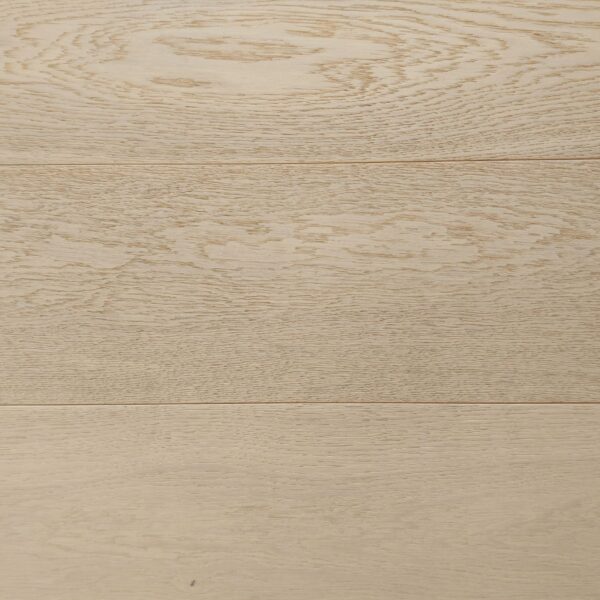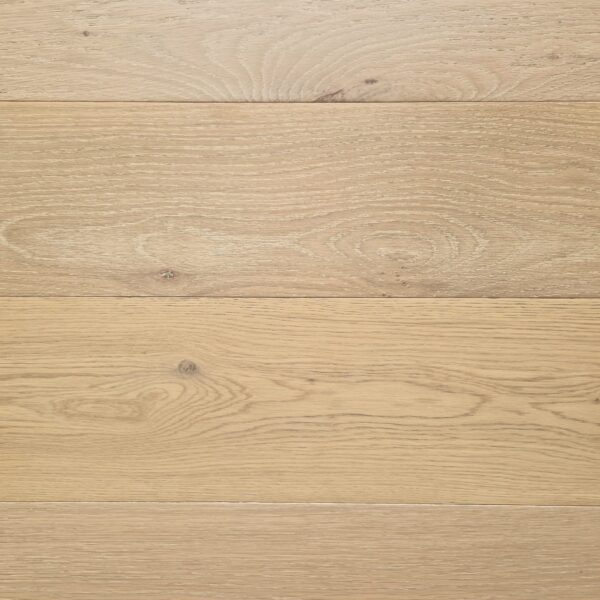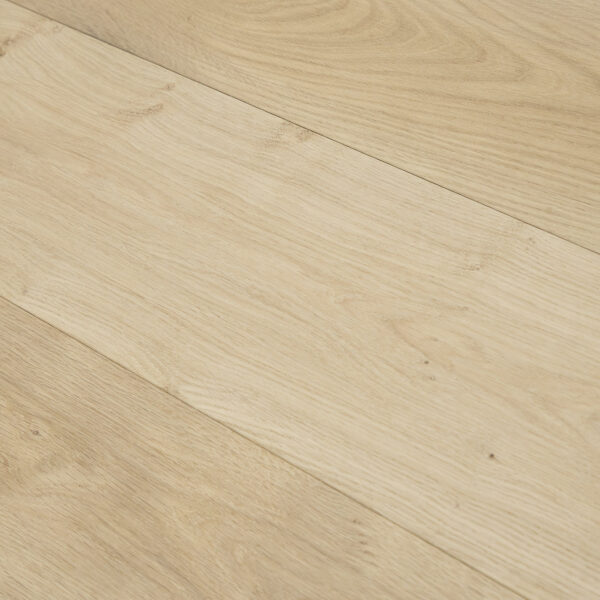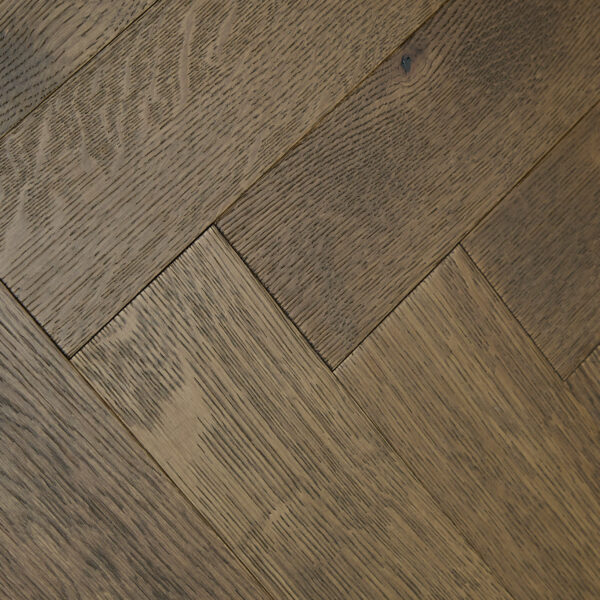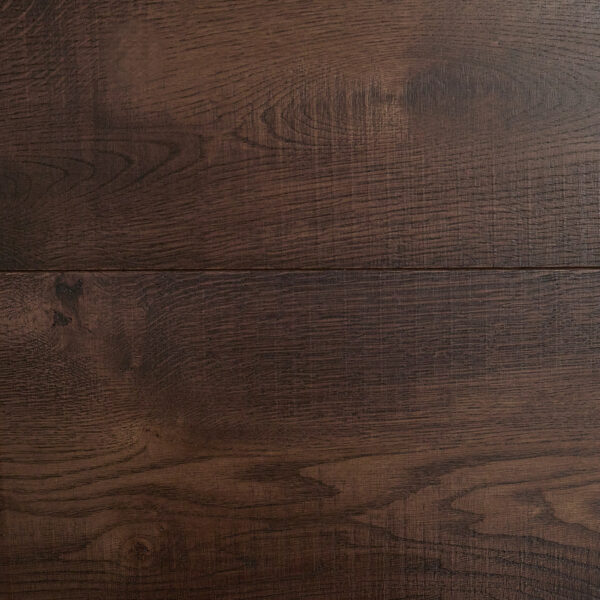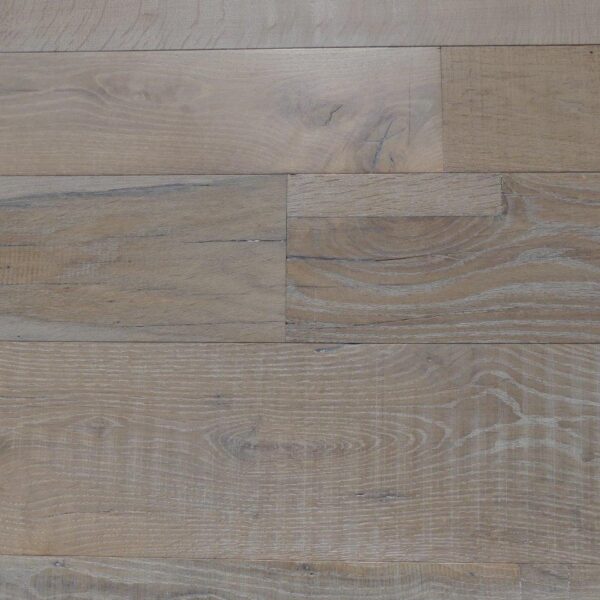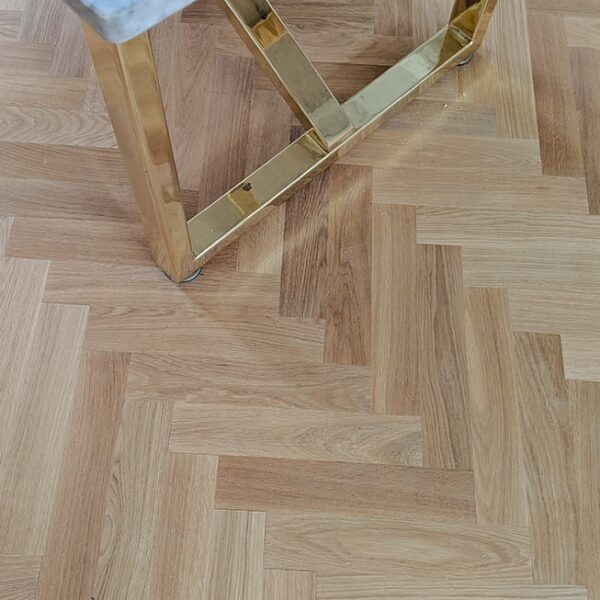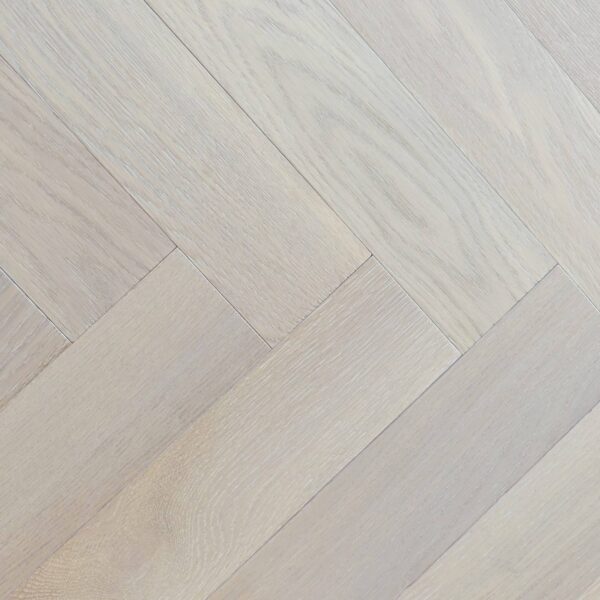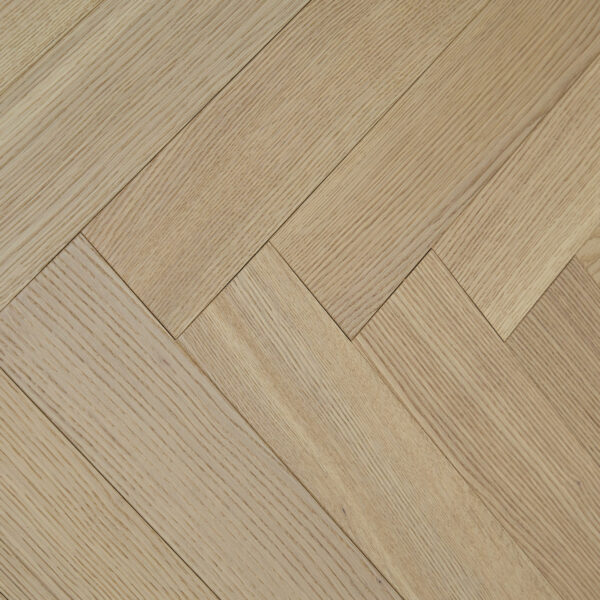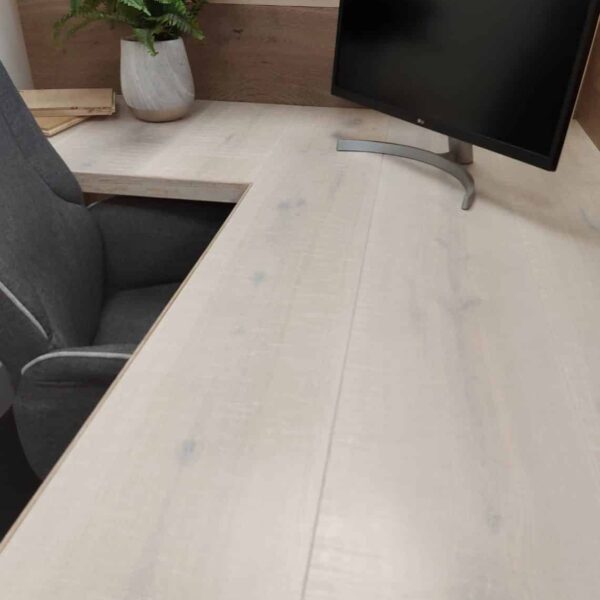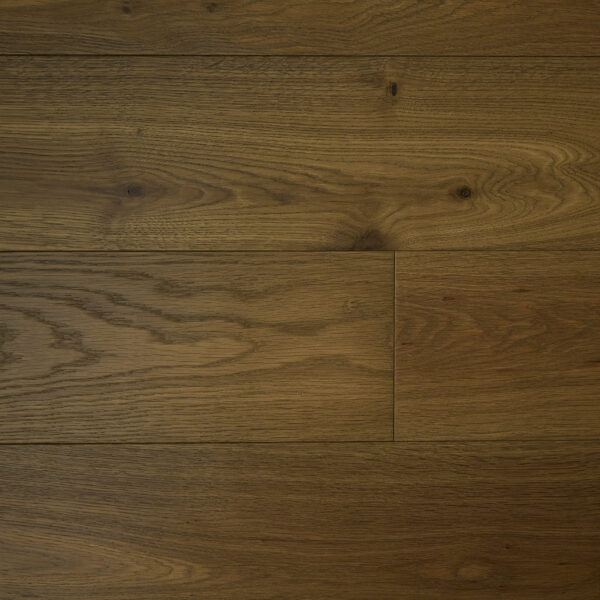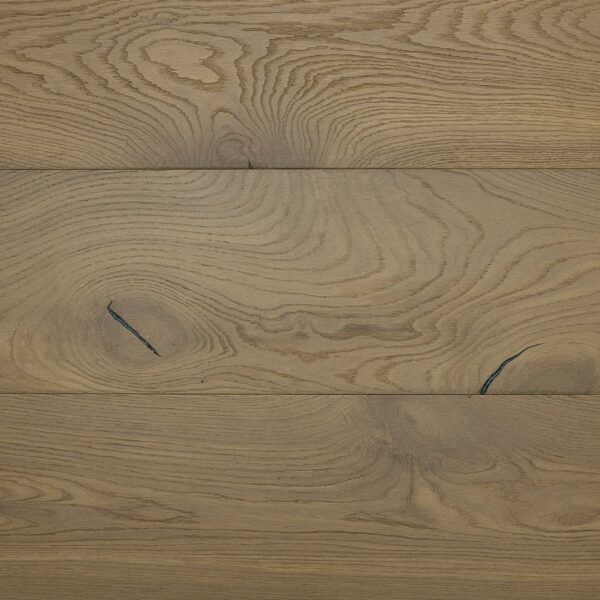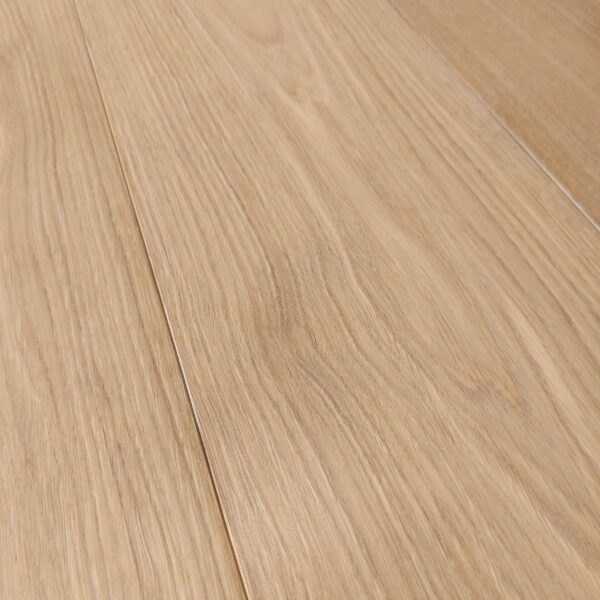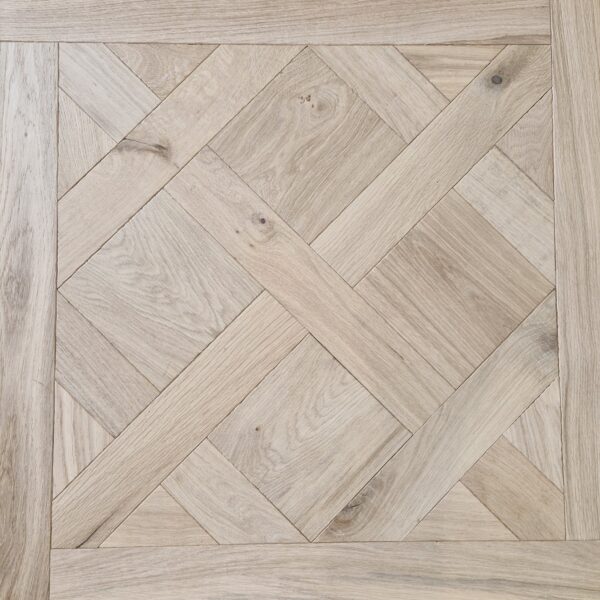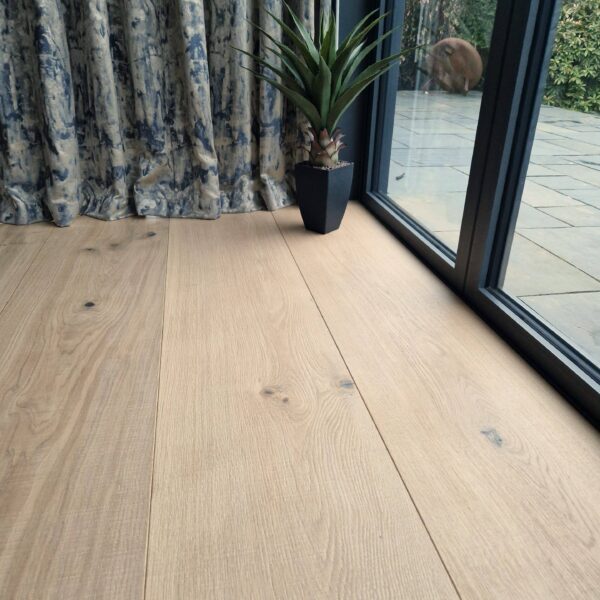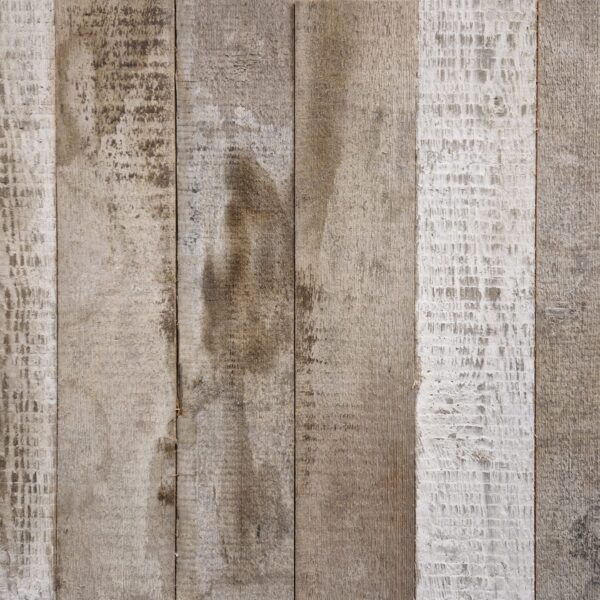Oak Flooring in The Southwest
About Our Oak Flooring in The Southwest
Oak flooring in the southwest, crafted from resilient and aesthetically appealing oak hardwood, is a prevalent choice for both residential and commercial spaces due to its long-lasting nature, robust qualities, and distinctive grain designs.
There are two primary types of oak used for flooring:
Red Oak:
Native to North America, red oak is a popular hardwood species prized for its rich reddish-brown colour and distinctive grain. Renowned for its adaptability, red oak flooring effortlessly enhances the aesthetic of any interior, whether it be classic or modern in design.
White Oak:
White oak, known scientifically as Quercus alba, is a popular choice for hardwood flooring in North America. Its natural colour ranges from light to medium brown, with a grain pattern that is more understated than that of red oak. White oak floors are renowned for their exceptional durability and versatile appearance, making them a versatile option for a variety of design styles, from contemporary to Scandinavian.
Here are some key features and benefits of oak flooring in the Southwest:
When considering oak flooring in the southwest, keep in mind that there are various grades and cuts to choose from, each affecting the overall look, durability, and cost. Seeking guidance from a reliable flooring supplier or experienced installer will assist you in selecting the perfect oak flooring that suits your style, budget, and design aspirations.
Durability: Oak flooring is widely recognised for its long-lasting durability and capacity to handle high levels of foot traffic and wear. Oak wood is celebrated for its solid construction and tough nature, which help it resist scratches, dents, and impacts effectively.
Attractive appearance: The inherent beauty of oak flooring is unmatched, exuding a classic charm that never goes out of style. With its striking grain patterns, knots, and array of hues, oak flooring boasts a unique and captivating aesthetic. There are endless finishing options available for oak, allowing you to customise its look to perfectly complement your design preferences.
Versatility: Oak flooring offers a flexible option that can seamlessly blend with various interior design styles. From classic and cosy to sleek and modern, oak flooring effortlessly elevates the overall look and feel of any space.
Easy Maintenance: Maintaining oak flooring is a breeze. Simply keep it tidy with consistent sweeping or vacuuming, and every now and then give it a gentle mop. To ensure your floor stays spotless and lasts longer, consider adding a protective coating to prevent any stains.
Longevity: With the right maintenance, oak flooring has the potential to endure for many years, even passing down through multiple generations. Its sturdy nature and natural resilience as a hardwood material guarantee a reliable and enduring flooring choice for any home.
Increased property value: Oak flooring is a popular choice for many homeowners because of its reputation for being durable and high-quality. By adding oak flooring to your property, you can increase its overall value and make it more appealing to potential buyers or renters who admire the classic look and lasting strength of oak.
Installation Steps for Oak Flooring in The Southwest
Installing oak flooring requires careful preparation and precise installation techniques to ensure a successful and professional-looking result. Here is a general guide on how to install oak flooring:
1. Acclimate the wood
It is important to let the oak flooring adjust to the conditions of the room before beginning the installation process. This can be achieved by leaving the wood in the designated room for a few days, allowing it to acclimatise to the temperature and humidity levels.
2. Prepare the subfloor
Make sure the foundation is spotless, completely dry, perfectly flat, and clear of any dirt or nails sticking out. Fix any imperfections or bumps in the foundation to guarantee a seamless base for the new flooring.
3. Measure and plan
Calculate the necessary oak flooring quantity by taking accurate measurements of the room and taking into account any potential waste or trimming that may be required. Strategize the placement of the flooring by taking into consideration the alignment of the planks, the transitions between different rooms, and any unique design features that need to be incorporated.
4. Install the vapor barrier
In order to safeguard the oak flooring from moisture-related problems such as warping or cupping, consider adding a vapour barrier or moisture barrier to the subfloor if needed.
5. Begin installation
Start by laying the first row of oak flooring along one wall, leaving a small expansion gap between the flooring and the wall (usually around ¼ inch). Use a pneumatic flooring Nailer or pre-drill and hand-nail the boards, ensuring they are securely fastened to the subfloor. Place nails at an angle through the tongue of each board to conceal them.
6. Continue with subsequent rows
Install the subsequent rows of oak flooring, ensuring the ends are staggered to create a visually pleasing and stable pattern. Use a rubber mallet and a tapping block to fit the tongue and groove joints together tightly. Check for gaps or irregularities and make any necessary adjustments.
7. Trim and cut
When you come across the walls of the room or run into things like doorways or vents, it’s important to carefully size and trim the oak boards to fit perfectly. Use either a circular saw or a jigsaw to make accurate cuts, and make sure the edges are neat and sharp.
8. Install transitions and trim
Place transition pieces, like thresholds or baseboard mouldings, in position to hide any gaps created during installation near doorways or walls. Trim the pieces to the correct size and angle using a coping saw.
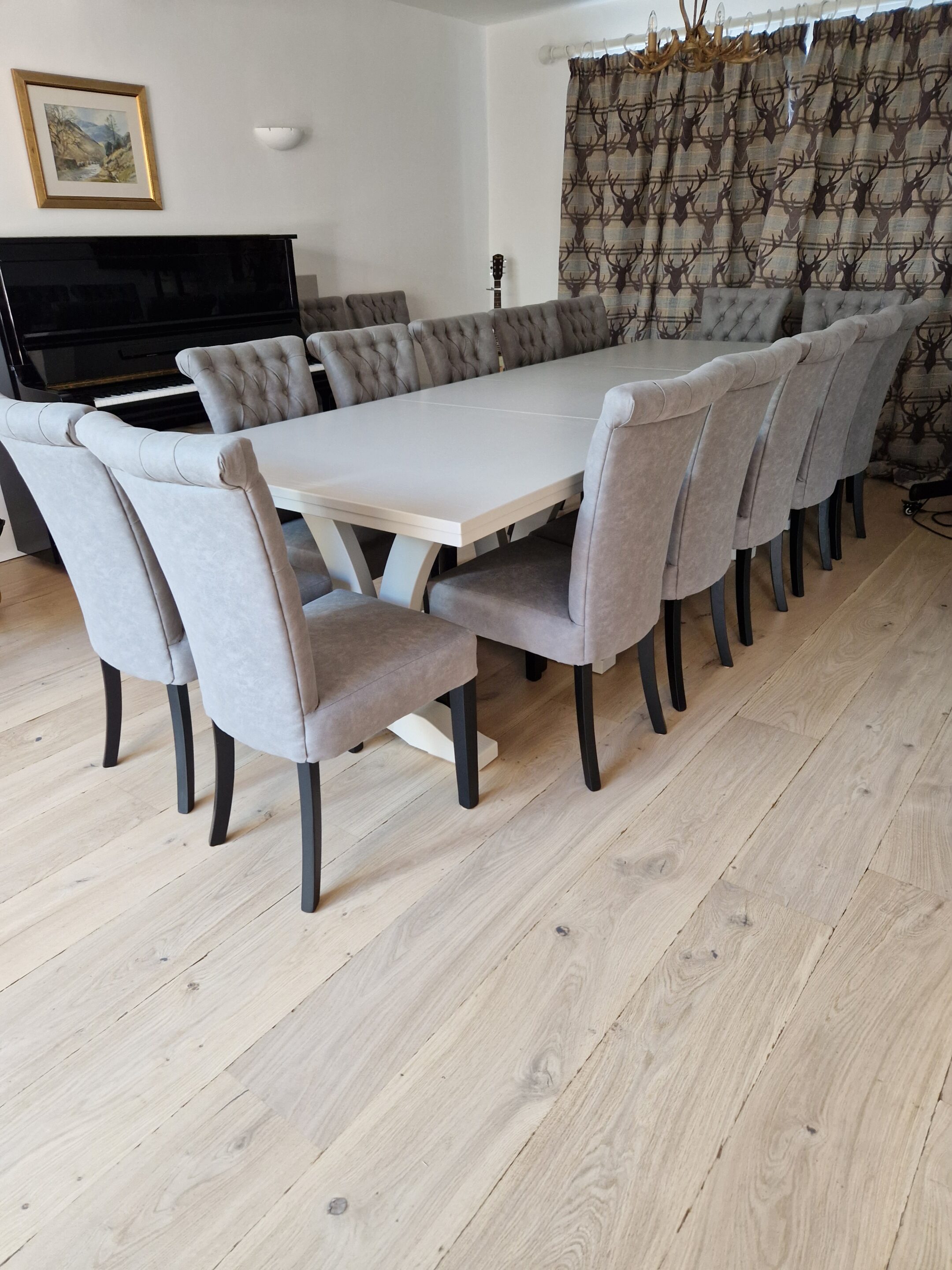
9. Finish the installation
After finishing the installation of the oak flooring, make sure to carefully fill in any nail holes using wood putty that matches the wood color. Give the floor a light sanding to guarantee a seamless finish, getting rid of any rough edges or flaws in the process.
10. Apply finish
Make sure to add the finishing touch to your oak flooring by choosing the perfect treatment, whether it’s a stain, oil, or polyurethane. These options will not only protect your flooring but also bring out its natural beauty. Remember to carefully read and follow the instructions provided by the manufacturer for the best results in application and drying times.
Please keep in mind that the information provided here is a general overview. The installation of oak flooring can differ based on various factors, including the type of oak flooring being used (solid or engineered), the condition of the subfloor, and the chosen method of installation (nail-down, glue-down, or floating). To ensure a successful oak flooring installation, it is recommended to seek guidance from a professional flooring installer or to carefully follow the manufacturer’s instructions.
Differences between oak flooring and LVT
Comparing oak flooring to luxury vinyl tile (LVT) involves considering different factors, including aesthetics, durability, maintenance, and environmental impact. Here are some reasons why oak flooring may be considered better than LVT for certain applications:
Natural beauty and authenticity: Oak flooring has a distinct appeal, emanating warmth, character, and an authentic feel that only real wood can provide. Its natural grain patterns, knots, and colour variations create a unique and organic aesthetic that resonates with many individuals. In contrast, LVT is a manufactured product designed to imitate the look of different materials, such as wood. Despite its ability to replicate the appearance of wood, some individuals favour the genuine charm and authenticity offered by oak flooring.
Longevity and durability: Oak flooring has a reputation for being incredibly sturdy and long-lasting. This type of solid hardwood is able to handle frequent foot traffic and can stay in top condition for years if properly maintained. Oak is tough against scratches, dents, and general wear and tear, which is why it’s often recommended for areas that see a lot of activity. While LVT flooring is also durable, it may not offer the same level of resistance to scratches and impacts as oak flooring.
Refinishing and restoration: Oak flooring offers the unique advantage of being able to undergo multiple rounds of sanding and refinishing, providing the opportunity to revive its original allure or alter its look to suit your preferences. Unlike LVT, which is a synthetic material with a non-sandable wear layer, oak flooring allows for the flexibility to refresh or modify the finish as required. This feature not only prolongs the lifespan of the flooring but also ensures that its aesthetic appeal remains intact over time.
Natural material and environmental considerations: oak flooring is made When it comes to choosing flooring materials, oak stands out as a sustainable option derived from renewable resources like trees. It is widely recognised for its eco-friendly qualities, in contrast to certain synthetic flooring alternatives. Oak can be ethically sourced from well-managed forests, ensuring its sustainability for future generations. On the other hand, luxury vinyl tile (LVT) is manufactured using petroleum-based materials, resulting in energy-intensive production methods. If you prioritise environmental sustainability in your home, opting for oak flooring is a responsible choice to make.
Heat resistance and insulation: Oak flooring is known for its exceptional thermal properties that provide excellent insulation and help maintain a comfortable temperature in any room. Walking on oak floors feels cosy and can even contribute to saving energy.
On the other hand, LVT, being a synthetic material, lacks the same natural insulation and may feel cooler to the touch. One advantage of LVT is its resistance to water and moisture, making it a practical choice for areas prone to spills or high humidity.
When deciding between oak flooring and LVT, consider your personal preferences, the requirements of the space, and factors like budget, durability, and design style. It’s wise to prioritise your needs and seek advice from flooring experts to select the best option for your specific situation.
What interior design style does oak flooring suit?
Oak flooring is a versatile material that can suit a wide range of interior design styles due to its natural beauty and timeless appeal. Here are several interior design styles that oak flooring can complement:
Traditional
Oak flooring has long been associated with traditional interior design. Its warm tones and rich grain patterns complement classic design elements such as ornate mouldings, antique furniture, and traditional colour palettes. Oak flooring can create an elegant and inviting atmosphere in traditional spaces.
Rustic/Farmhouse
Oak flooring pairs well with rustic or farmhouse-style interiors. Its natural character, knots, and imperfections align with the rustic charm and warmth of these styles. Whether it’s wide-plank oak boards or distressed oak flooring, it can contribute to creating a cozy and welcoming atmosphere.
Transitional
Transitional design combines elements of both traditional and contemporary styles. Oak flooring can bridge this two aesthetics by adding warmth and natural beauty to a space while still allowing for clean lines and modern furnishings. It provides a versatile foundation that complements a range of transitional design elements.
Scandinavian
Oak flooring works well in Scandinavian-style interiors known for their light, minimalist, and airy aesthetic. Lighter shades of oak can enhance the bright and open feeling of Scandinavian design, providing a warm and natural element that contributes to the overall simplicity and functionality of the space.
Modern/Contemporary
Oak flooring can also be incorporated into modern or contemporary interiors. Its natural warmth and texture can balance the sleek lines and minimalism of modern design. Lighter oak tones can create a clean and contemporary look, while darker oak floors can add depth and contrast.
Coastal
Oak flooring can complement coastal-inspired interiors. Lighter shades of oak can evoke a beachy and relaxed atmosphere, resembling the natural tones of sand and driftwood. It pairs well with other coastal elements such as nautical accents, light and airy colours, and natural textures.
Eclectic
Oak flooring can be part of eclectic design, which incorporates a mix of styles, eras, and influences. The versatility and timeless appeal of oak can blend harmoniously with an eclectic mix of furnishings and decor, creating an individualised and curated space.
Ultimately, the choice of wood flooring in interior design is subjective and can depend on personal preferences, the desired atmosphere, and the overall design concept. Whether it’s a traditional, modern, rustic, or eclectic style, oak flooring can provide a beautiful and versatile foundation for a variety of interior design aesthetics.
At Oakley Products, we offer a range of wood flooring options ranging in different thicknesses (14, 15, 18, 19, 20, 21mm) and widths (110 – 390mm).
We also offer a range of high-quality laminates that are water resistant, all of which we offer samples for.
Looking For Our Pricing? Call Us Now
Fast Shipping
Fast shipping on all orders from UK
Secure Payment
We offer safe shopping guarantee
100% Satisfaction
We have 100% positive feedback from our clients
Telephone Support
We are always on hand for any questions you may have
FREE SAMPLES & TECHNICAL EXPERTISE - NEXT DAY DELIVERY - STOCK RESERVATION AVAILABLE
Inspiration
Examples of our products in live settings
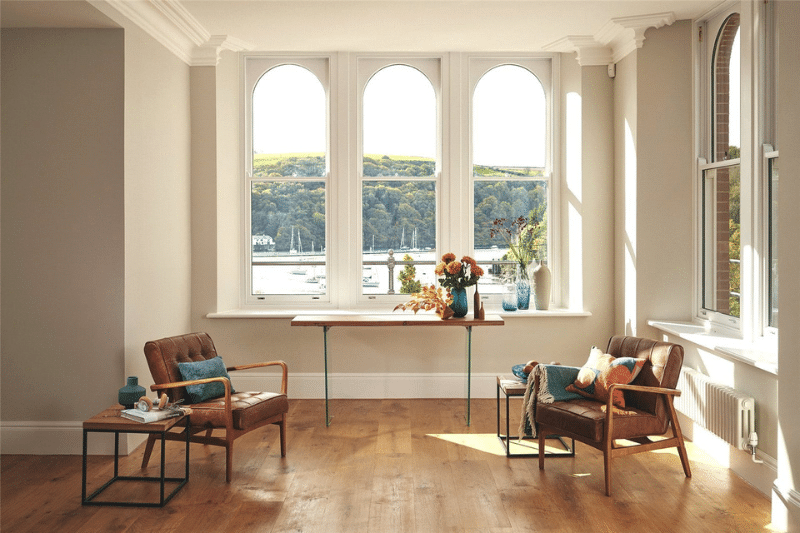
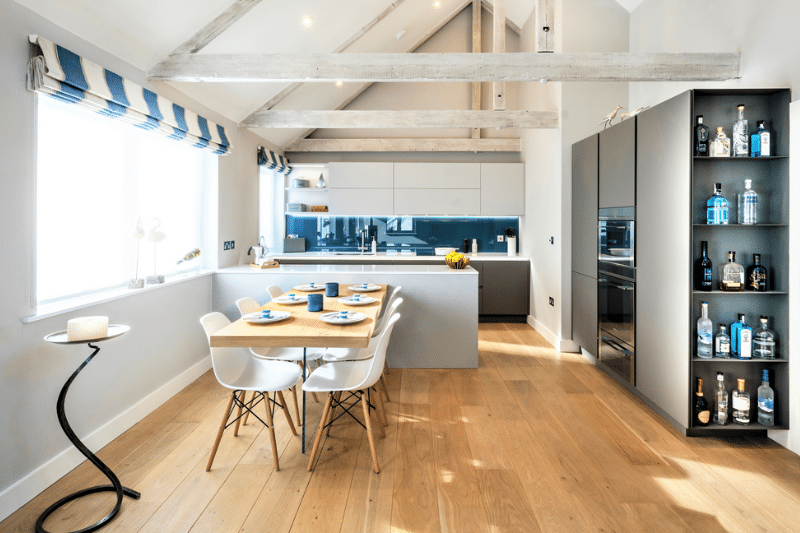
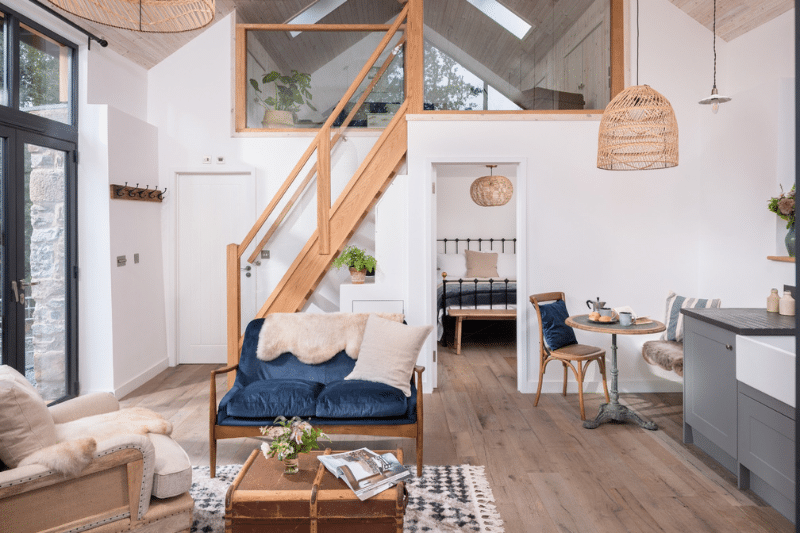
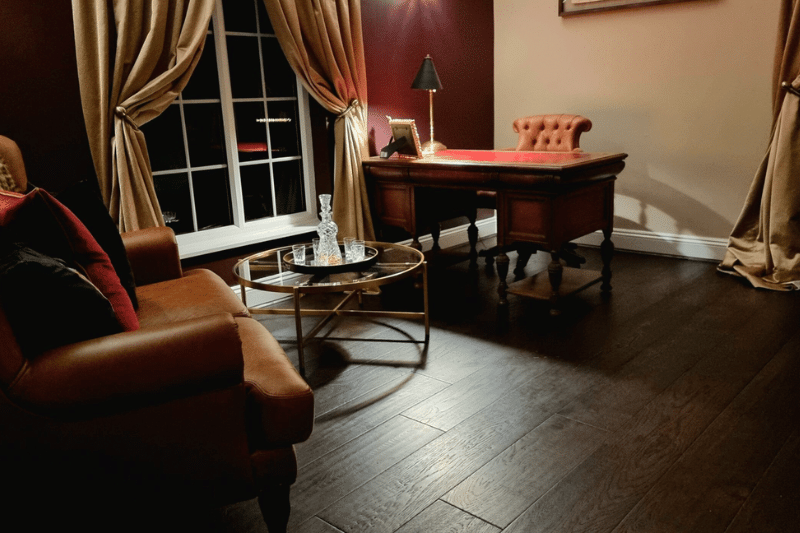
GET IN TOUCH
Have an idea or project then please get in touch...

